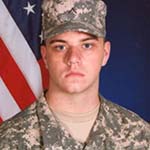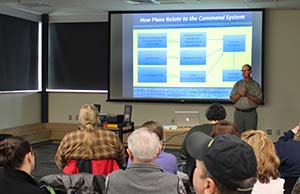By JEREMY ROBIDA
Council Project Manager
On March 15 and 16, Alyeska’s Ship Escort Response Vessel System, known as SERVS, conducted an oil spill response training in Cordova.
A total of 27 vessels were involved, including Cordova-based vessels, three Valdez fishing vessels, the nearshore support barge known as the “500-2,” and its accompanying tug. Many of the vessels spent the night on scene as part of the training, with exercise activities taking place during daylight hours in Nelson Bay, a small, protected bay approximately five miles from Cordova.

